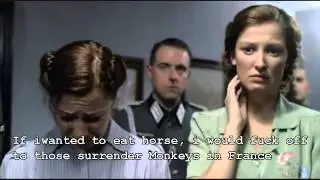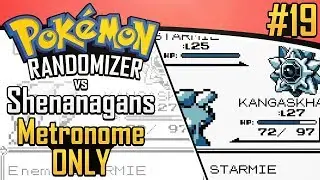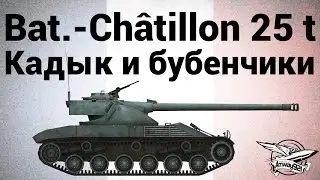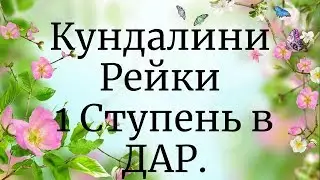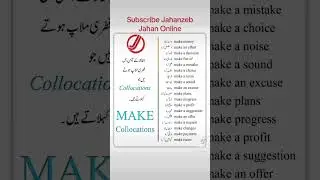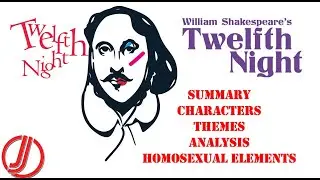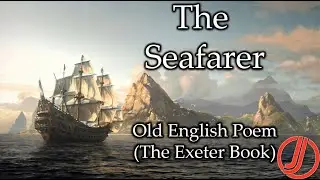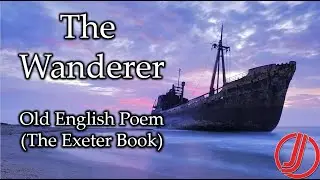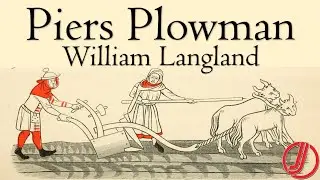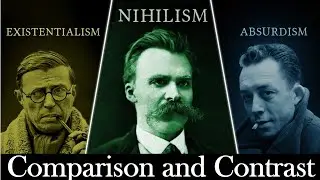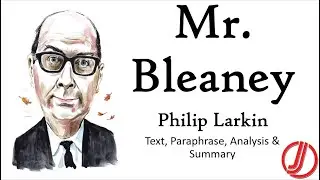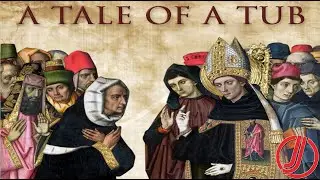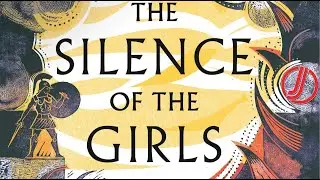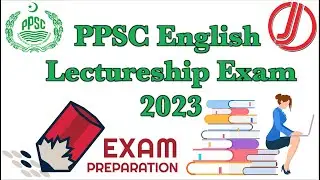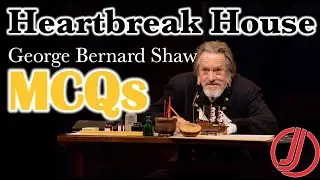How to Write Reference to the Context | Best Tips for Graduating Students
POETIC EXTRACT FROM THE POEM “LEISURE:
What is this life if full of care
We have no time to stand and stare,
No time to stand beneath the boughs
And stare as long as sheep or cows
Reference:
These lines have been taken from the poem William Davies.
How do you explain, write references to the context? Points to remember:
(a) The name of the poem or play must be writer in inverted commas as shown above.
(b) The first letters of all the parts of the word/words of the poem or play must be written in capital
(Some exceptions are present).
(c) For example, “The solitary Reaper” & “The Vanishing Village”.
(d) Don’t write the names of the writers (poets or dramatists) in inverted commas.
(e) The first letters of all the words of the names of writers must be written in capitals .
(f) For example: John Keats, William Shakespeare & Robert Browning.
(g) The reference carries only 02-mark. I mark of the name of the poem/play & I mark of the name of
the poet/dramatist.
Context:
The word “Context” is a combination of two parts. “Con” (before & after) and “Text” (the given
poetic or play lines). It means, the parts of a poem/play, before and after the given lines, is called
the context of a text given for explanation.
How do you explain, write references to the context? Points to remember:
(a) Context carries 2 marks only.
(b) Don’t write a detailed context.
(c) A context must be around 4 to 5-lines; the lines must speak as a whole of poem/play.
(d) Don’t write the whole summary of a poem/play as a context.
(e) The context must be the total crux of a play or a poem just in 4 to 5 lines.
(f) The context must be such as to give a complete vision of a poem/play to a reader. He must not
need to read the whole poem/play to know about it. A context must be appropriate enough to
fulfill this requirement.
(g) Every poem/play has only one context for all lines/stanzas.
(h) Use the third person pronouns in the context. The third person pronouns are as follow: He his,
him, himself, She, her, hers, herself, her it. Its, t, itself, They, their, theirs, them themselves and
them.
POETRY colorful vector type banner isolated on white background
(i) Don’t ever use First Person and Second Person Pronouns in the context. The first and second
person pronouns are as follow:- I, My, Me Myself, We, Our, Ours, Ourselves. Us,(First Person
Your, Yourself, You(Second Person) etc.
(j) Use the verbs of the present tenses in the context.
(k) Don’t use your personal views/ideas in the context.
(l) Always write the definite article “The” before the names of the poets/dramatists and the poems
and the plays like: The poet says, the writer says, in the poem etc.
Sample context “Leisure”
How do you explain, write references to the context? In this poem, the poet has expressed his sad feelings. He is of the opinion that the modern mad has
lost the interest in the objects of nature. Modern man has become a machine. He says that modern
man is inferior to animals in the appreciation of the beauty of nature. He has given an indirect piece
of advice to modern man to enjoy the beauty of nature that is spread around.
Explanation of the lines/stanza.
The word “Explanation” is a noun that has been made from the verb “Explain”. The difference between
the two is, there is no “I” in the word Explanation whereas it is present in the verb “Explain”. The
students are strongly advised to be vigilant and don’t use the letter “” in the noun “Explanation”. The
explanation carries 3 marks.
Division/bifurcation of the marks of explanation.
Simple English of the given lines/stanza from poetic lines. … 01
The theme/moral/message/main idea of the given lines. ….01
The style/use of language in the given lines of text…… ..01
(a) If the lines of the text given for explanat on in the present
tense then use the present, future or past tense in the first part i.e. Simple English of the lines.
(b) If the lines/stanza of the text given explanation are in the past tense, then there must be the use of
the past tense in the first part of the explanation.
(c) Don’t use First Person pronouns & Second Person Pronouns in the explanation.
(d) Use present tense in second & third parts of the explanation i.e. them of the lines and the
language/style of the lines.
(e) Always use third person pronouns in the whole explanation.
(f) If there is a need of the use of original lines of the poem/play in the explanation, the same must be
used in inverted
(g) The First Person pronouns can be used in the second part of explanation i.e. In the theme of the
lines.
(h) “The” before the names of a poem/play/poet and dramatist/writer.T
